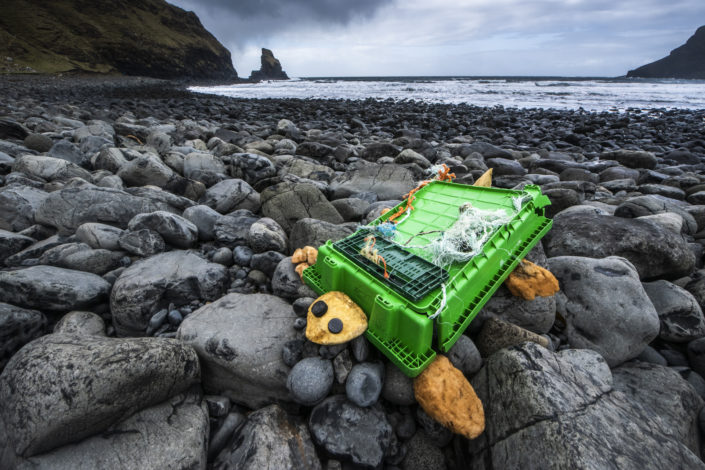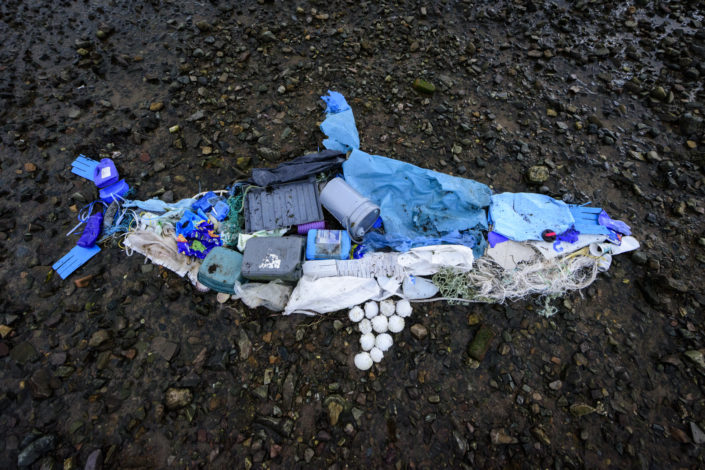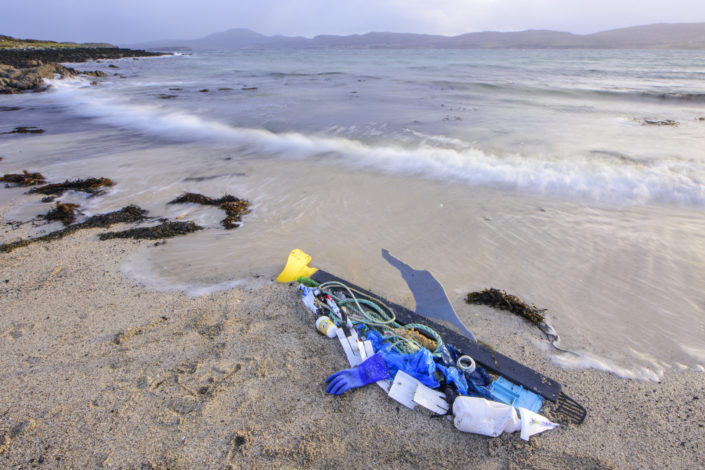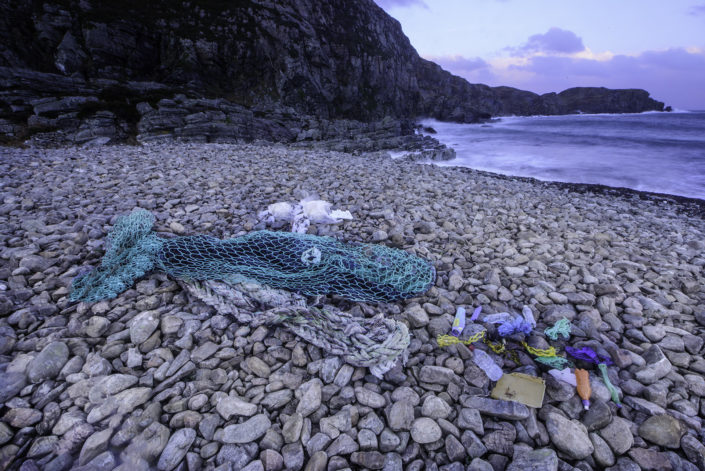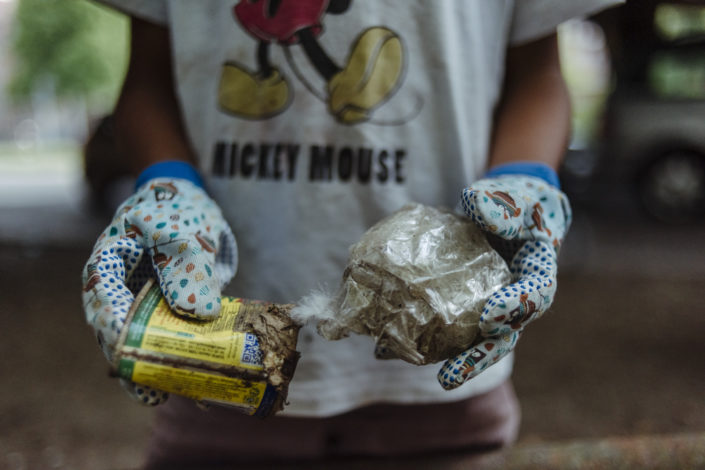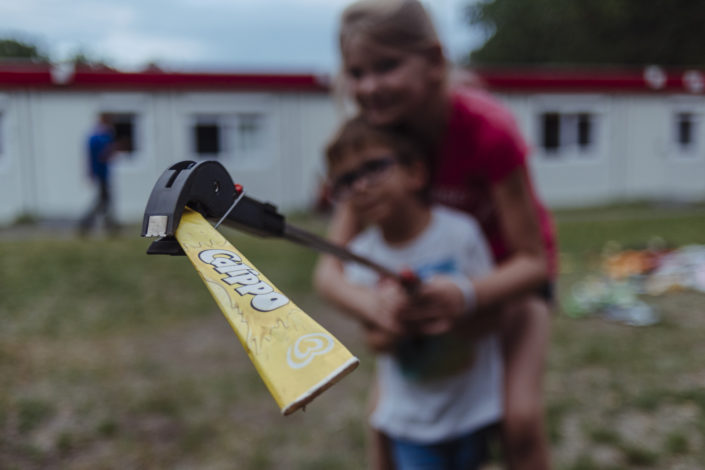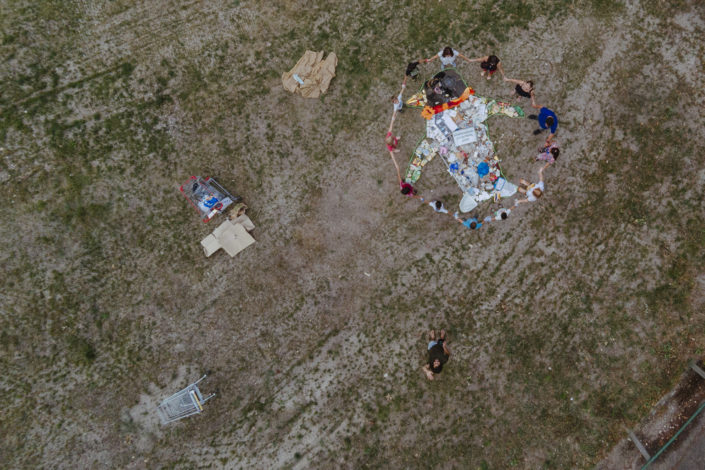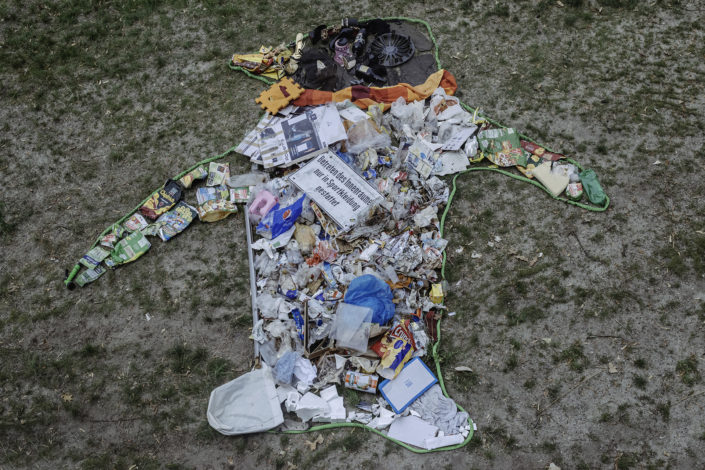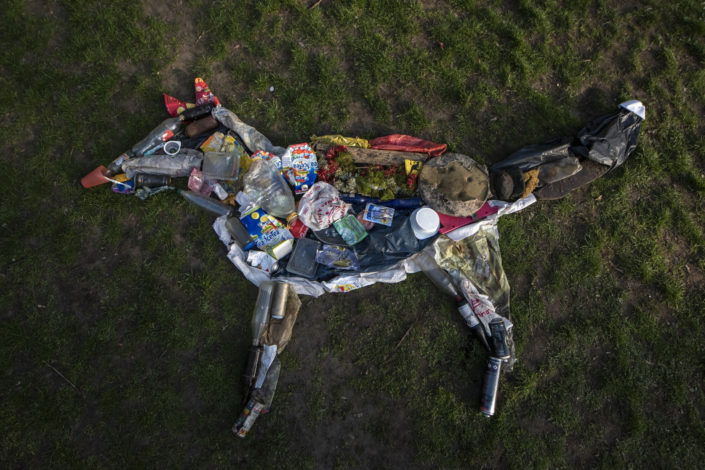Skye is one of the top places to visit in Scotland, famous for its fascinating scenery and breathtaking landscapes. It is a fantastic place for wildlife watching depending on the season: eagles, otters, whales, dolphins or seals are just some of the animals that can be spotted on the island. But even though it is beautiful and very authentic all together, it cannot escape the threat of plastic.
When I recently visited, it was hard to concentrate while trying to take beautiful pictures of the many amazing landscapes the country has to offer. I tried to figure what it was exactly that was pulling me back, and after a while I realised it was all the plastic surrounding me. It made me sad. Everywhere I went on the Western side of the island, there were loads of it: there were ropes, fishermen nets, plastic strips, containers, buoys… And that was only at first sight. When I got closer to the little pieces tangled into seaweed that had washed on shore, there were also caps, foam, beer cans, take away cups, and a lot of small pieces of plastic that we didn’t even know what belonged to.
Plastic is versatile, resistant and useful in our daily life: we use it to package food, bottle products, make toys… But it poses a serious threat to our planet as well. The qualities that make it a flexible and enduring product to use, also make it an environmental nightmare. Plastics do not biodegrade, they photodegrade, which means they break under exposure to the sun’s ultraviolet rays into smaller and smaller pieces. The overwhelming amount of marine plastic debris is beyond visual, made of microscopic range fragmented plastic debris that can’t be just taken out of the ocean.
This is why I decided to start this project, one that both adults and children can enjoy and understand, hoping it will develop and raise awareness. In the end, it is in our hand to change our routines and do something about it.

